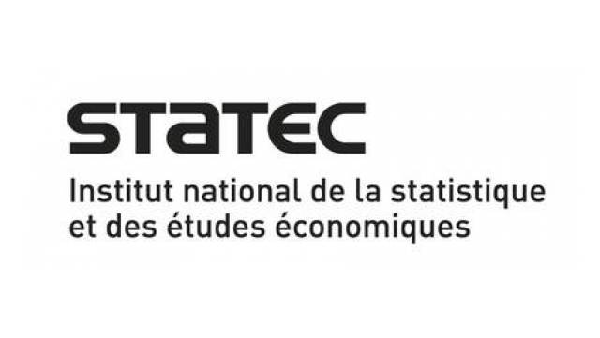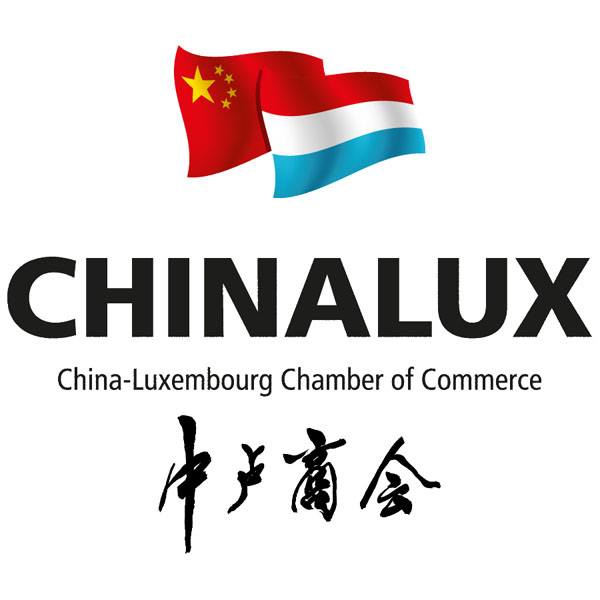
Luxembourg’s preliminary provisional accounts for 2016 show a surplus of €2.6 billion, with balance of trade for goods and services showing a positive balance of €17.4 billion in 2016, slightly less than the €17.7 billion recorded for 2015, according to a report published by the national statistics and economic studies agency, STATEC.
Small changes in the flow of trade, lower exports and increased imports, mean that the net contribution to the current account balance of financial services fell from €14.3 billion in 2015 to €14 billion in 2016. Due to restructuring and gradual departures, exports in electronic commerce are declining.
In recent years, the balance of payments has been relatively stable at just over €2.5 billion. However, changes in the partial balances, which make up the current balance, buck this trend.
Indeed, international trade in services, driven mainly by financial services, has resulted in an ever-increasing surplus, which erases the deficit on goods and primary income. The primary income represents the remuneration of the factors of production: incoming and outgoing frontiers, financial assets.
While the deficit in employee compensation increases in 2016 (-€8.9 billion, compared to -€8.7 in 2015), provisional results point to a slight improvement in investment income (dividends, reinvested earnings, Interest), which now stands at -6.5 billion euros (-7.2 billion in 2015).
In 2016, the current account balance stands at 4.7% of GDP. In the framework of the prevention and correction of macroeconomic imbalances, the European Commission has set different indicative thresholds. For the current account balance (3-year average as a percentage of GDP), the warning thresholds are + 6% and -4%. In the case of Luxembourg, this indicator stands at 5% and remains well below the alert threshold.
In 2016, international trade in financial services fell slightly by 0.5% (€200 million) for exports and a near stabilisation for imports. Their share of total services is still up from 2015, with 58.4% (+0.2 percentage points) for exports and 55.4% (+0.9 percentage points) for imports.
The beginning of 2016 was marked by turbulence in the financial markets, which did not have any impact on financial services in general and those related to investment funds in particular. As a result, for the first time since the 2008/2009 crisis years, exports of financial services are falling, while imports are stagnating.
The share of financial services directly linked to investment funds is predominant, given the significant weight of the fund industry in Luxembourg, which ranks second in the world and the first in Europe in terms of net assets under management. Consequently, there is a strong correlation between the evolution of international trade in financial services and that of the net outstandings of investment funds.
The weight of financial services directly linked to investment funds in total financial services is down compared to 2015. In 2016, it is 83.6% and 85.6% respectively for exports (-1% and 1%) and imports (-2.4 percentage points).
On the basis of the provisional figures for 2016, the United Kingdom defends its position as Luxembourg's leading partner in international financial services. Despite a declining relative weight in 2016, both for exports (14.2%, - 0.4 pp) and imports (21.8%, 0.5 pp), the United Kingdom continues to outpace other countries, in particular Germany.
2016 was a mixed year for the investment fund industry. Financial markets were particularly volatile during the first quarter, resulting in a significant decline in net assets under management in general and a net outflow of capital in particular. The following quarters certainly returned to growth, without however reaching the growth rates of 2015.
Thus, in 2016, Luxembourg's net assets increased by an annual average of 1.1%. Net issuance - the main driver of growth in the net assets of Luxembourg funds in recent years - was virtually halved in 2016. This phenomenon largely explains the low growth rate (annual average) of the Luxembourg in 2016, compared with the average growth rate in Europe (+ 2.6%), and with those of direct competitors, in particular Ireland (+ 5.2%) and Germany (+ 6.5%).
The Luxembourg investment fund industry managed an average of €3,526 billion in assets in 2016. However, it lost 0.4% in terms of market share at European level, while Ireland (+ 0.3pp) and Germany (+ 0.5pp) experienced favourable developments.
In 2016, the trade deficit will continue to increase from 2015 (-€647million). While the balance of general merchandise transactions (including non-monetary gold) increased just over €530 million between 2015 and 2016, net exports from international trade continued to fall (-€1.1 billion). However, this decline is less pronounced than in the previous year (-€2.7 billion between 2014 and 2015). The decrease in the balance resulted from the reorganisation in May 2015 of one of the European purchasing centres of a multinational group active in the field of e-commerce (an activity that is no longer part of international trade in 2016, Five months have been taken into account for 2015).
The decline in net exports of goods and services in the context of international trade was partially offset by the arrival of new purchasing centres of other multinationals in Luxembourg (notably in the field of agricultural products).
Although the decline in the international trade balance could be depreciated, the following table shows that gross flows of acquisitions and sales of goods continued to decline substantially between 2015 and 2016 (-€10.5 billion for sales and -€9.3 billion for acquisitions).
Compared to the record year of 2014, the decline was €19.5 billion for the sale and €15.5 billion for the acquisition of goods in international trading. For 2017, the 2016 level is expected to stabilise, not to decline further.
Despite this significant decrease, the volume of international trading by resident companies in Luxembourg is about three times higher than that of exchanges of goods crossing the Luxembourg border.
According to the Council Directive on changes to the application of VAT on electronic services and Council Implementing Regulation (EU) No 1042/2013, the place of the applicable tax system has been moved from the place of establishment of the supplier to that of the consumer, so that a country’s consumers are taxed at the same VAT rate (in force), irrespective of the country of establishment of the service provider. From 1 January 2015, an agreement allows countries with electronic and telecommunication services to retain 30% of VAT receipts collected, with the remainder being returned to the country of residence of the consumer. This share will be reduced to 15% after 2017, and then to zero after 2019.
For 2016, the total revenue for electronic commerce in Luxembourg is only about €320 million. This decline of €150 million is due to the departure of two of the three biggest players in this field during the year 2016: a departure on 1 January and a departure at the end of September. The forecast for VAT to be kept by Luxembourg for the year 2017 is unfavourable (€250 million less than 2016): on the one hand, the share of VAT receipts collected is reduced by 30% 15% and, on the other hand, the departure at the end of September 2016 of one of the larger actors in the domain will be felt in 2017.
The relative share of companies active in e-commerce in non-financial services has been steadily increasing for the first time since 2003, the year in which electronic and telecommunications services companies have been established in Luxembourg. Although the relative decline in services exports is low (-0.1pp), it is more pronounced at the level of imports: less 2pp (46% in 2016 compared to 48% in 2015).
For 2016, exports of services from companies active in electronic commerce decline by 2% and imports even by 7%.
The redistribution between goods flows (international trade) and services following the reorganisation in the second quarter of 2015 of one of the main companies active in electronic commerce and the departure of two main players in the field of electronic services explain this downward trend, which could not be offset by growth in the business of companies remaining in Luxembourg will be felt fully in 2017.
Contrary to the evolution of the VAT collected, the number of employees active in this sector continued to increase in 2016 (+331 postes). The growth in employment can be ascribed to a significant employment wave by one multinational active in e-commerce. According to an article in the Luxembourg press from the beginning of 2017, 471 jobs still needed to be filled at the group’s headquarters.
In 2016, most trade in goods and services in this sector takes place within the European Union: just over 84% for exports and 62% for imports. The services sector in this business sector generates a significant positive balance with the rest of the world. By analysing the geographical distribution of this balance, a positive balance with the other European Union countries (€4.5 billion) is noted, unlike transactions with counter-parties established outside the EU. The reason for this is that the customers are mainly located on the European market (exports), while a certain number of imports of services come from the parent companies mainly American.
The net contribution of these companies to the balance of trade in goods and services exceeds EUR 1 billion in 2016. However, it should be noted that this net effect does not take into account acquisitions of non- Of capital) and potential profits attributed to non-resident investors in the form of dividends or reinvested earnings (investment income expenditures).








